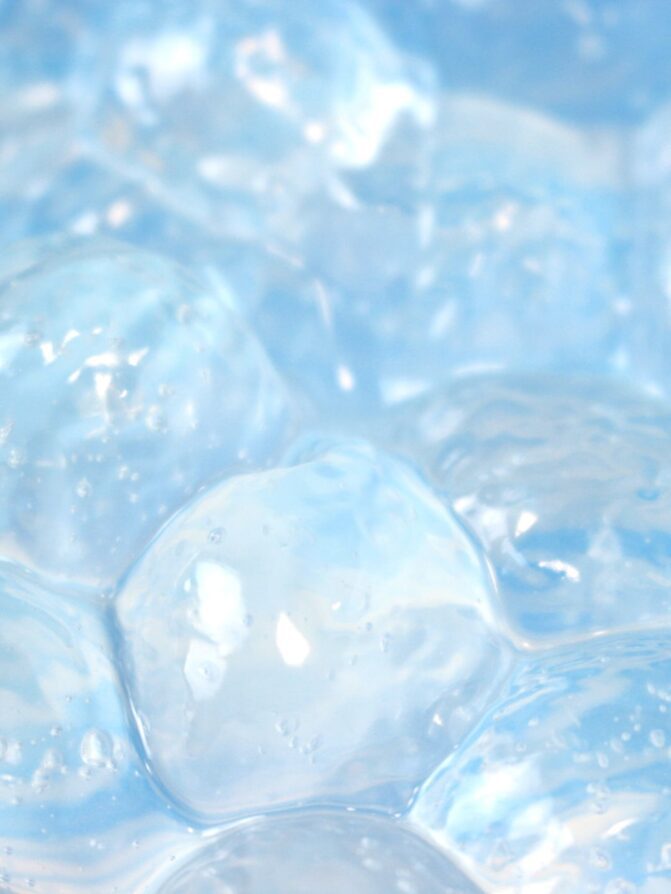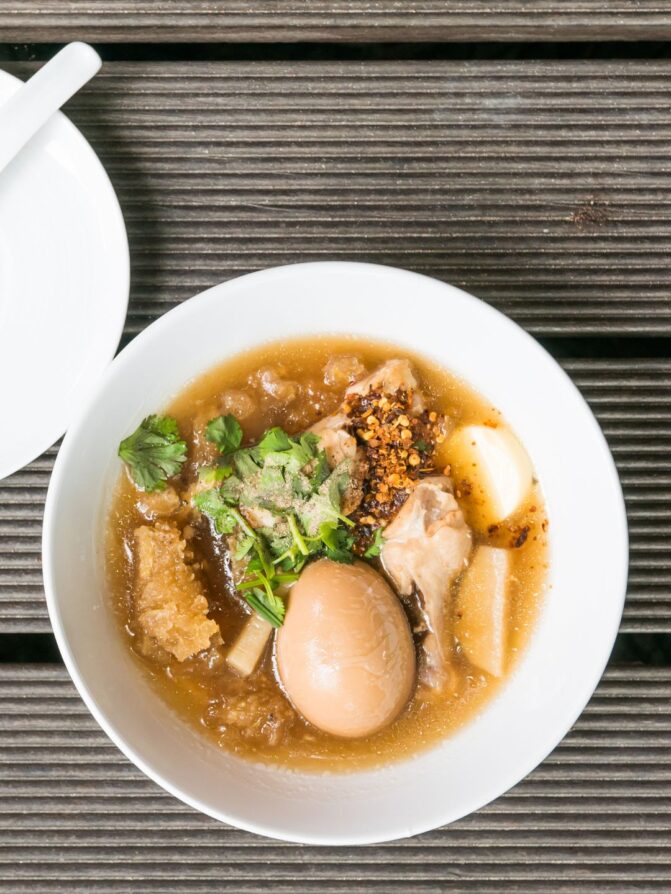What is Fish Maw?

What is Fish Maw?
In many cultures, the fish maw is something we’re completely unfamiliar with — that’s because it’s a part of the fish that often gets discarded. That is, the inflatable swim bladder that most fish use to ascend and descend in the water.
The term fish maw refers to this bladder in the culinary sense, and is Chinese in origin — where fish maw is most popular. It’s considered a delicacy there, long associated with adding texture to food and benefiting your health. Let’s take a look!
 An introduction to the characteristics of fish maw
An introduction to the characteristics of fish maw
Fish maw generally comes from bigger fish, particularly croakers or sturgeons. Perhaps unexpected considering its status as a delicacy, is that it has an extremely mild to sometimes even flavorless taste. Yet the texture, health considerations, and traditional prestige lead to it being extremely prized.
While some will describe fish maw as almost flavorless, there are intricacies that more experienced diners will notice — plus flavor will vary depending on the quality of the maw and other factors. For example, higher quality fish maw will contain more collagen, making it more substantial, with a thicker, stronger body that holds up better to cooking. Lower quality fish maw, on the other hand, will get gelatinous and lose its substance quicker.
This also depends on the sex of the fish; male fish maw are hardier than female ones, allowing them to be cooked longer without losing their structure. For this reason, one of the characteristics that makes a fish maw more desirable is if it comes from a male.

A quick tangent on fish maw’s collagen and its importance in our health
Related to the desirability of the sturdier, thicker maw is that the greater collagen content is associated with certain health benefits. This makes sense — after all, how many skincare commercials do we see with some famous actress named Jennifer cooing on about the benefits of collagen?
Now, while a lot of the hype around collagen-based health products is mostly just that, it is true that collagen is “the most abundant protein in the body” per the Harvard School of Public Health. Without collagen, we don’t exist!
Furthermore, the commonly-accepted science is that topically-applied collagen (in creams and serums, for example) doesn’t really do anything, since collagen molecules are too big to actually be absorbed that way. Hence the need for collagen through dietary means.
Because of the overuse of collagen as a buzzword in skincare products, much of the public associates it mostly with skin health, but it’s a crucial building block for all the body’s connective tissue and musculoskeletal system. That means, alongside skin: Ligaments and tendons, muscles, bones, cartilage… all things you need for your body to work right.
Our bodies naturally produce collagen, but that production drops as we get older. Intuitively, though, since collagen is a key component of animal connective tissue, foods containing these ingredients can help compensate. (Although, because many high-collagen foods aren’t particularly healthy in large quantities — this will be clear below — you can also help your body produce collagen by including foods in your diet that are otherwise high in amino acids.)
Well-known collagen sources include stews and barbecue methods made of tougher cuts of meat — which need to be cooked low and slow for that very reason, to break down said connective tissue — and broths and stocks, especially homemade ones, whose collagen content you’ll especially notice when they cool and subsequently get that gelatinous, jelly-like texture. And, of course, fish maw.
Now, back to that!
In the kitchen
As you would guess given how valued it is, fish maw is rather expensive. Luckily, if you poke around a bit, you can often find a happy medium of maw that isn’t the most pricey but is still a good enough quality for your needs.
You’ll find it sold dehydrated, which intuitively is to preserve it since otherwise it would go rancid very quickly.
Because of this, you’ll need to rehydrate it before cooking. The hydration time can vary, but generally it will take at minimum a few hours, and often one will soak fish maw overnight in preparation of cooking it the next day.
Like we mentioned above, its capacity for cooking depends on the qualities of each fish maw; a thicker, more substantial one — likely from a male — can be simmered alongside other ingredients for a much longer time, while a more delicate one will have to be added to a dish near the end of cooking to prevent it from becoming overly gelatinous and falling apart.
One benefit of a sturdier fish maw is that, because it can be cooked for longer, it has that much more time to absorb the flavors of the ingredients it’s cooked with. As we mentioned, fish maw is extremely mild in flavor, so without giving it time to take in other flavors you’re essentially just adding a textural component to a dish. That in itself is of course a significant appeal of maw, but it takes on another, more complex element when it’s been simmering alongside other flavorful spices, sauces, and ingredients. In these cases, fish maw acts almost like a sponge and helps make the taste of a dish more potent on your taste buds.
After the appropriate cooking time, it should have a somewhat slippery smooth feeling and soft texture.
While fish maw isn’t something you’ll likely find yourself eating often, we think it’s something that more people would enjoy if they tried it out!





